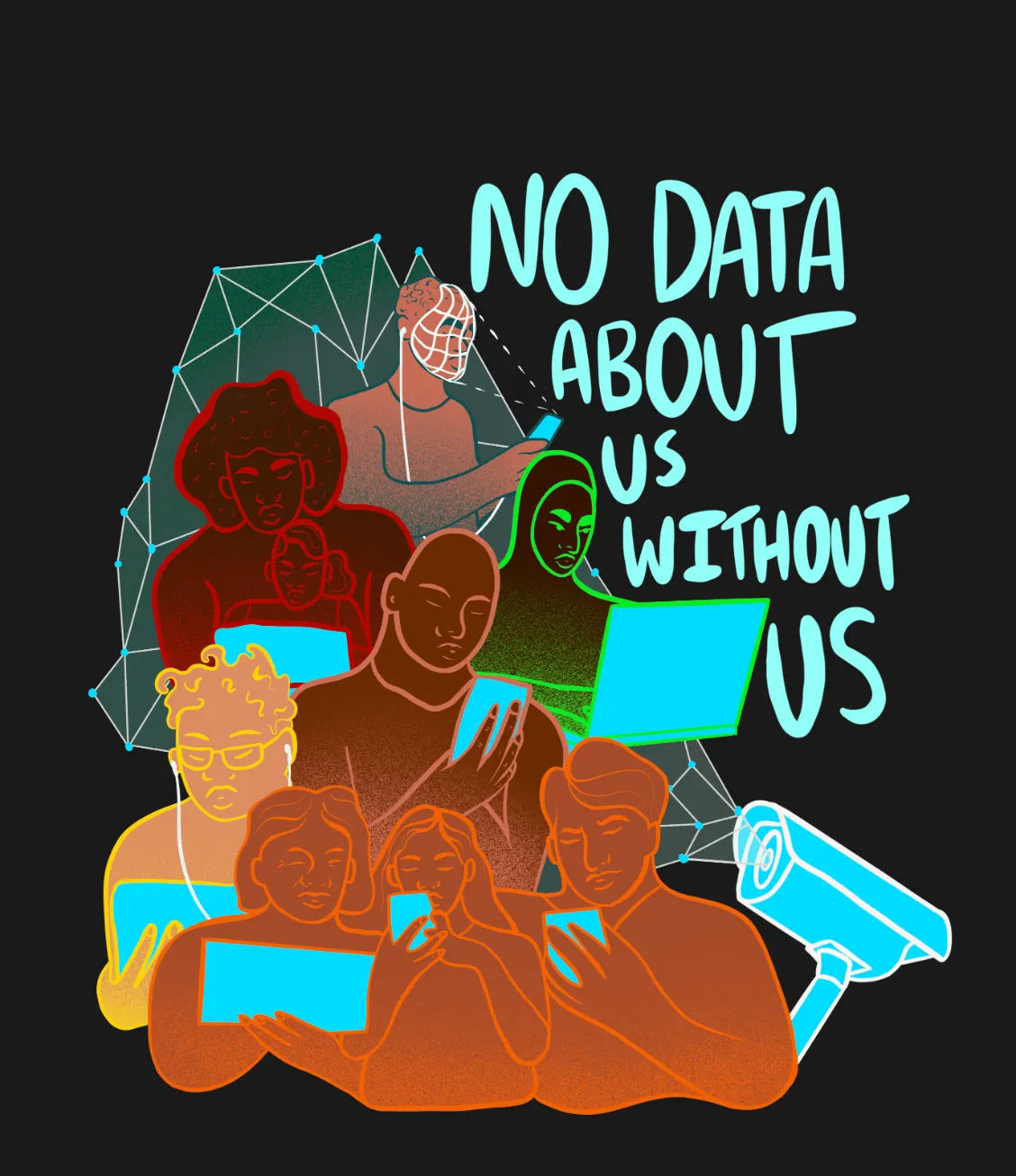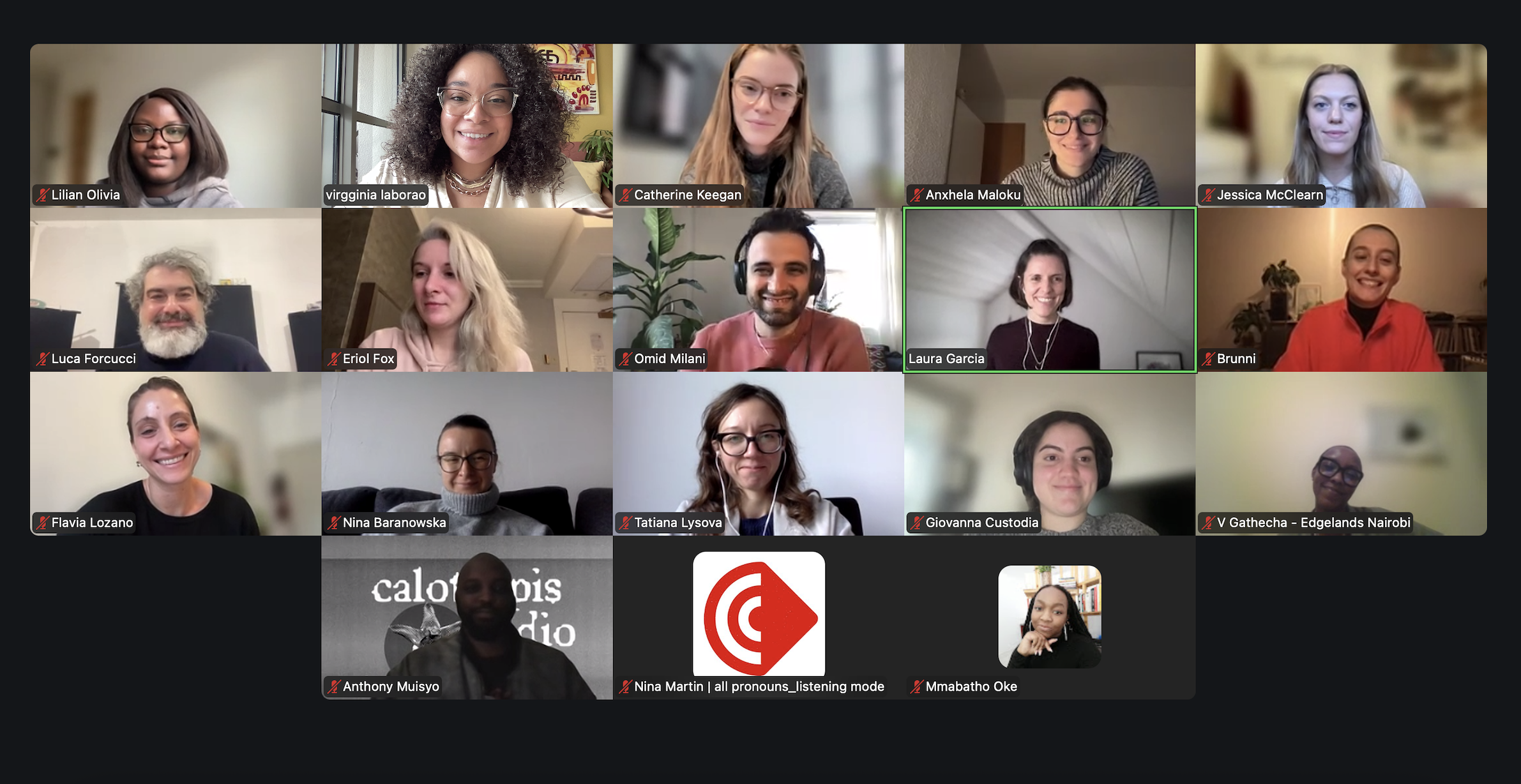¿Qué significa la ciudad inteligente para la gobernanza urbana?
A medida que aumenta la tecnología digital en los contextos urbanos, nace un nuevo concepto de "ciudad inteligente". En esta entrada de blog, Adriana Lasso-Harrier explora los significados de esta experiencia urbana contemporánea y sus consecuencias sobre la gobernanza.

Foto de Hugh Han para UNSPLASH
El pasado otoño, las autoridades municipales de San Diego se encontraron en un embarazoso dilema. En respuesta a las crecientes críticas y acusaciones de vigilancia por parte de grupos activistas y miembros del Ayuntamiento, el alcalde Kevin Faulconer ordenó la retirada de los sensores instalados en las farolas de la ciudad, cuya finalidad era mejorar la planificación del tráfico, pero que también registraban los movimientos -y los rostros- de los sandieguinos. Pero cuando los funcionarios intentaron apagar los sensores, descubrieron que no podían hacerlo sin apagar también la red eléctrica de las farolas. Sólo Ubicquia, la empresa privada que había construido estos sensores inteligentes para las farolas, podía escribir un código para apagarlos.
El caso de las farolas inteligentes de San Diego ilustra a la perfección el complicado triángulo de relaciones en el que se ven envueltos cada vez más gobiernos municipales, ciudadanos y empresas tecnológicas. A medida que la tecnología digital se hace más poderosa, los dirigentes municipales (y las empresas que diseñan y comercializan estos productos) han tomado conciencia de su capacidad para aumentar la sostenibilidad, incrementar la eficiencia y promover la colaboración en las ciudades. Además, este caso ejemplifica la confusa dinámica de poder que suele aparecer cuando los gobiernos municipales se asocian con empresas privadas, o incluso cuando externalizan responsabilidades del sector público al sector privado. Cabe preguntarse qué significa la ciudad inteligente para la gobernanza urbana.
En su libro de 2015 Smart Cities: A Spatialised Intelligence, Antoine Picon ofrece un modelo de poder dualista para la ciudad inteligente. Las ciudades inteligentes pueden ser neocibernéticas o colaborativas, y a veces pueden ser ambas cosas. El modelo de ciudad neocibernética se basa en la cibernética, concepto que describe la capacidad de los sistemas inteligentes para autodirigirse hacia un objetivo, así como en la primera teoría cibernética que concebía el "cerebro como una máquina con estados discretos, muy cercana a un ordenador". La cibernética también está vinculada al concepto de cyborgs, entidades mitad humanas, mitad máquinas que a menudo desempeñan el papel de siervos insensibles de un gobierno autoritario en películas y libros de ciencia ficción. La ciudad neocibernética es, pues, una especie de cíborg: mitad humana (gobierno municipal) y mitad máquina (tecnología digital) que permite a la ciudad funcionar con la misma fluidez y eficacia que un enorme organismo, corrigiendo pacientemente el rumbo, prediciendo problemas y avanzando hacia un objetivo predefinido. Dado que el gobierno y la tecnología trabajan juntos, como dos mitades de un mismo todo, la tecnología utilizada en la ciudad neocibernética se manejaría por definición con autoridad, y el gobierno utilizaría la tecnología sobre o para sus ciudadanos.
En agudo contraste con la ciudad neocibernética, la ciudad colaborativa es una utopía tecno-democrática. Picon define este modelo de ciudad inteligente como "una ciudad basada en la espontaneidad de los individuos y en su capacidad para cooperar a través de plataformas digitales lo más abiertas posible", haciendo hincapié en el control comunitario de la tecnología digital. Para ser claros, el uso de la tecnología digital para alcanzar objetivos de eficiencia, oportunidad y sostenibilidad sigue existiendo en el modelo de ciudad colaborativa, pero aquí los ciudadanos comparten e imponen ese poder, en lugar de ser los sujetos del mismo como en la ciudad neocibernética. Y lo que es más importante, la ciudad colaborativa puede servir de marco para la rendición de cuentas de la comunidad, en particular de los cargos electos y otras personas con un acceso históricamente desproporcionado al poder.
Es fácil imaginar el papel de la vigilancia en la ciudad neocibernética: el gobierno cíborg blandiendo sus poderosas herramientas digitales para controlar a sus ciudadanos y hacer cumplir sus normas. También es igual de fácil convencerse de que la vigilancia no desempeña ningún papel en la ciudad colaborativa, y que todas las decisiones tecnológicas se toman de forma independiente, por ciudadanos particulares. Pero, ¿son realmente ciertas estas optimistas suposiciones? ¿No sería este el sueño de una empresa tecnológica o de un gobierno: individuos utilizando libremente (y constantemente) sus herramientas para que hagan la mayor parte del trabajo por ellos? Las empresas privadas no suelen ser altruistas porque sí. De hecho, se podría argumentar que este es ya el modelo existente entre las empresas tecnológicas y sus usuarios: la mayoría de las personas que viven y trabajan en sociedades altamente digitales como la estadounidense no pueden optar por no utilizar la tecnología en cuestión. Empresas como Clearview AI y Pimeyes, que venden productos de vigilancia a las fuerzas de seguridad e incluso a ciudadanos particulares, utilizan una tecnología relativamente joven que ha crecido junto con nuestras redes sociales. No nos dimos cuenta entonces, pero las incontables horas que pasamos en las redes sociales, subiendo fotos y etiquetando a nuestros amigos generaron una base de datos de millones de rostros, y ayudaron a lanzar y perfeccionar algoritmos predictivos de reconocimiento facial. De esta base de datos, creada en gran parte por los propios usuarios de las redes sociales mediante incontables horas de trabajo no remunerado, han surgido empresas creadas específicamente para vigilar.
Peor aún, ¿no obliga el modelo de poder de la ciudad colaborativa a que sus miembros utilicen estas herramientas para vigilarse mutuamente, enmascarando los esfuerzos de covigilancia bajo la apariencia de colaboración? Dado que, en teoría, la ciudad colaborativa distribuye el poder entre todos por igual, la única figura de autoridad sería el público en masa. No es difícil ver aquí similitudes con el panoptismo foucaultiano, una conexión que el propio Picon establece. Este modelo de autoridad potencialmente panóptico es uno de los elementos de la ciudad colaborativa que más me preocupan. De hecho, ninguno de los dos modelos de poder me parece particularmente mejor que el otro. Donde el modelo neocibernético es totalitario, el modelo colaborativo se inclina hacia la paranoia.
Aun así, la ciudad colaborativa es el modelo de ciudad inteligente que mejor acoge a las coaliciones polifacéticas y diversas que comparten el poder y se exigen responsabilidades mutuamente. Aunque el caso de las farolas inteligentes de San Diego muestra cómo el afán del gobierno por asociarse con empresas privadas puede dejar indefenso al sector público, también puede entenderse como un ejemplo de un gobierno neocibernético que escucha y responde a sus electores colaborativos. En sus escritos sobre los dos modelos de ciudad inteligente, Picon anima a los lectores a no considerar los dos tipos de ciudad como independientes, sino como capaces de cooperar, lo que sugiere que el gobierno neocibernético puede crear y mantener redes o políticas ambiciosas que los miembros de la ciudad colaborativa pueden utilizar, criticar, cambiar o incluso vetar.
Los planificadores urbanos y los responsables políticos tienen la responsabilidad de lograr una distribución equitativa del poder y el acceso a la ciudad. Y, mientras resolvemos las grandes cuestiones de las dinámicas de poder apropiadas entre ciudadanos, empresas y gobierno, todavía hay pasos que deben darse para garantizar la seguridad y la libertad. Por lo tanto, son esenciales las políticas de privacidad y la legislación de ámbito municipal que se centren específicamente en la vigilancia innecesaria o que delimiten el papel del sector privado. Un ejemplo de ello puede verse en Boston, donde los dirigentes municipales han publicado recientemente una propuesta de ordenanza sobre vigilancia e intercambio de información. La Ordenanza sobre supervisión de la vigilancia e intercambio de información exigiría a los funcionarios revelar los tipos de tecnología de vigilancia utilizados por la ciudad, cómo se utiliza la tecnología y cómo se obtiene y comparte la información que recoge. Si los responsables políticos quieren construir ciudades inteligentes de forma responsable, políticas específicas como estas son primeros pasos importantes. Al final, creo que no es tanto una cuestión de qué modelo de poder encaja, sino más bien de cómo se puede distribuir el poder entre los grupos de interés de forma equitativa. ¿Sería esto una mezcla de los modelos neocibernético y colaborativo, o algo totalmente distinto?
Obras citadas:
Ricardo Arroyo, Kim Janey y Michelle Wu, "Ordinance on Surveillance Oversight and Information Sharing", Pub. L. No. 16-63, 19 (2020) https://www.boston.gov/sites/default/files/file/2021/03/Docket%20%230397.pdf
Jesse Marx, "San Diego no puede apagar sus farolas inteligentes", Voice of San Diego, 2 de noviembre de 2020, https://www.voiceofsandiego.org/topics/public-safety/san-diego-cant-actually-turn-its-smart-streetlights-off/.
Paul Pangaro, ¿Qué es la cibernética?, 2012, https://vimeo.com/41776276
Antoine Picon, Ciudades inteligentes: A Spatialised Intelligence, AD Primers (Chichester, West Sussex: Wiley, 2015), http://ezp-prod1.hul.harvard.edu/login?url=http://search.ebscohost.com/login.aspx?direct=true&db=nlebk&AN=1083552&site=ehost-live&scope=site.
Antoine Picon, "Infraestructura urbana, imaginación y política: De la metrópolis en red a la ciudad inteligente", Revista Internacional de Investigación Urbana y Regional 42, n.º 2 (2018): 263-75, https://doi.org/10.1111/1468-2427.12527



